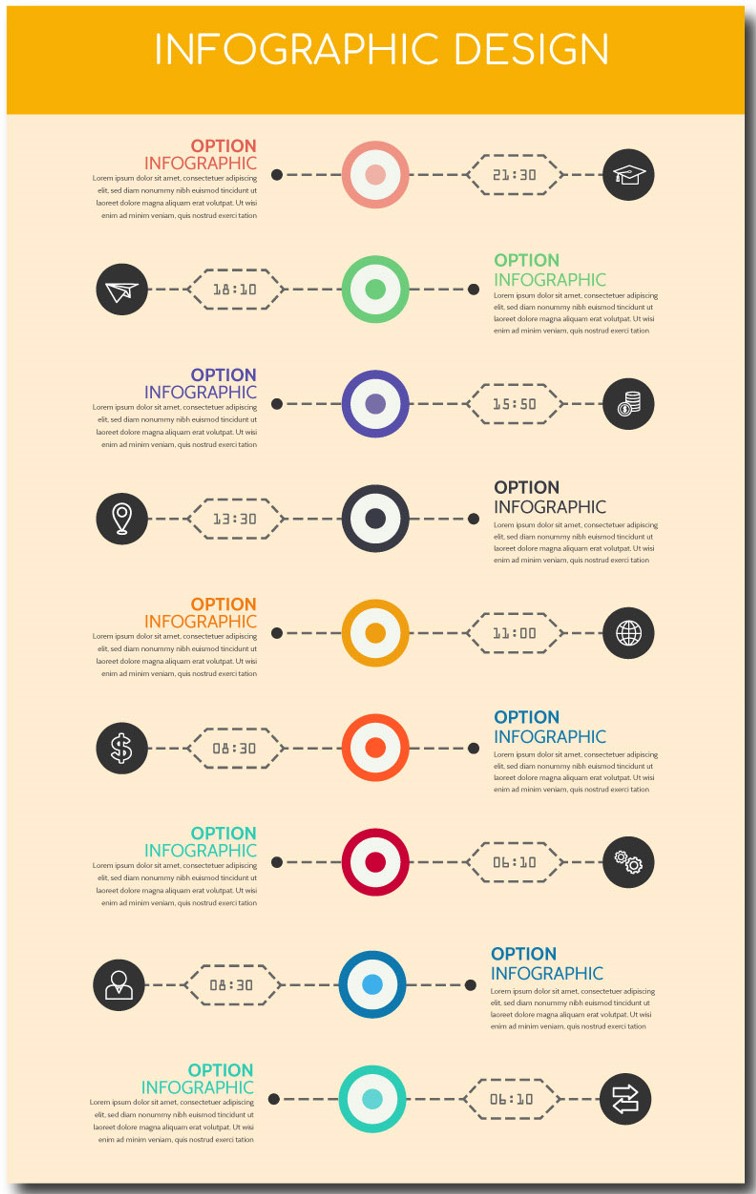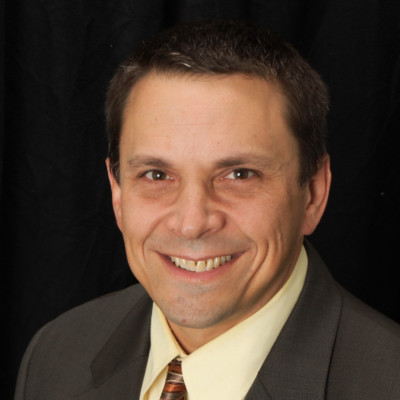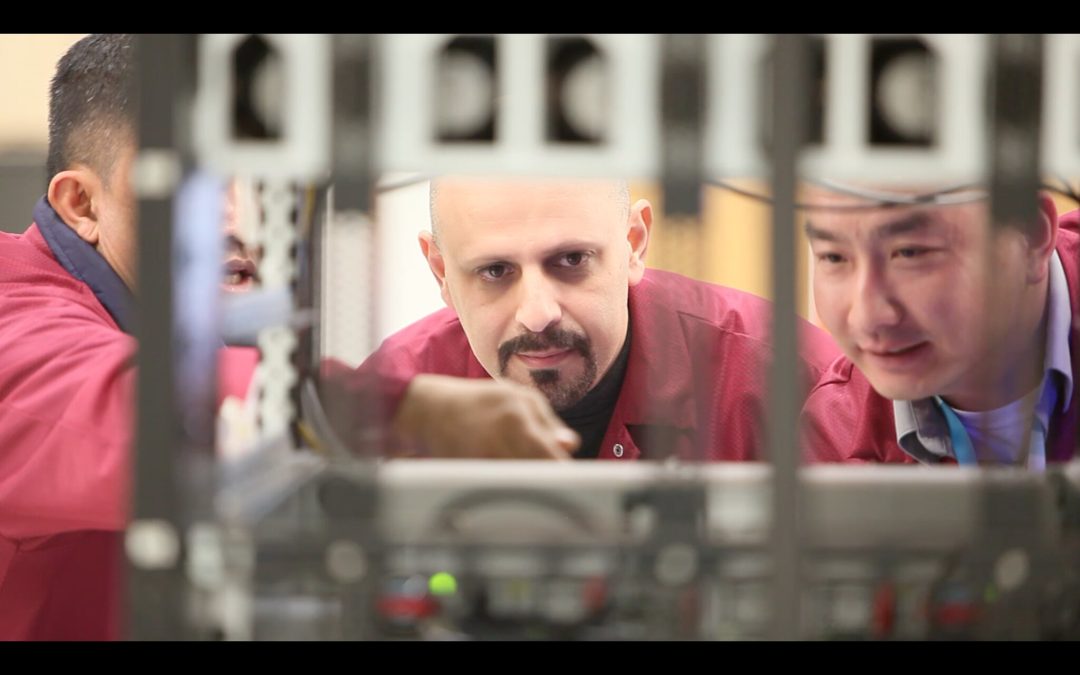I heard it once said that “The value that engineering brings to an organization is the creation of useful knowledge.” I thought the value I brought was the new product I develop for the customer!? But where do those products come from? How do we make decisions about what a new product should look like or do? They come from knowledge. Knowledge from customer interactions. Knowledge from research. Knowledge from testing. But we are not always creating new, useful knowledge. We can and do use prior knowledge. Some of it has been seared into our brains from painful experiences. Some of it from repetition and memory. And some is from documented experiences. So how do we make the most of this prior knowledge across the organization? How do we reuse knowledge learned in the past by ourselves and our colleagues?
It starts with sharing that knowledge. We can’t all get burned by the selecting an inferior part. But we can learn from each other’s experiences. We do this though documentation and interactions.

Documentation
A3. Heard of it? If you work with me, you hear it about 15 times a day. “Do you have an A3? Is there an A3 for that? Where is that A3 I made!!??”. But what is an A3? Why A3? This could be a whole blog post on its own… oh, wait. It is its own blog post! But to summarize, An A3 is the most important information on a topic concisely documented on a single A3 (11x17) size piece of paper. This format affords a good balance of space and ease of access to the information. If your team is capturing learning on A3s, when you find them, they can be very useful. How many of us have found a treasure trove of information on a topic we are interested in only to be overwhelmed with the spreadsheets, power points, 50 pictures, etc. in a folder. Where do I start? I can’t find the important “result” of all this information. And saddest of all is the effort someone put into all this information that no one will ever use again. We need to capture the key elements of all that work in a form that someone can easily use. This is how we and our organizations can most effectively reuse knowledge.
Interactions
The second tool we use is sharing our experiences and our A3’s with each other. We do this though regularly cadenced gatherings. At my company, we call them Show-and-Tell. We meet every two weeks and we each talk about what we have been working on, what are we struggling with, what have we learned. And it is shared on A3s. Because this is the tool we want the final documented knowledge on, we build the A3 from the start, so that when we are done, the A3 is done. Through sharing our A3s in a group and conversing about experiences, the A3 gets stronger, and we as a team get stronger. We learn from each other. And we learn that an A3 exists with this information can be leveraged when needed.
I need to learn from others’ mistakes because I won’t live long enough to make them all myself
Reuse
The final challenge is changing the culture to LOOK for prior knowledge. It is ingrained in every engineer’s mind through training and education that their job is to “create useful knowledge”. So, we all tend to roll up our sleeves and start researching and making hypotheses and testing these hypotheses with the expected results that we will present this world-changing, innovative creation to an endearing audience. But what if the knowledge is already there, and all you need to do is get it, and use it. And your project is done in 1/5th the time, and there are no errors? That is what the organization wants. Shorter time-to-market, improved quality, and earlier recognized revenue. So on your next task, look for prior knowledge and use it!
Make it a goal in your organization to move beyond only creating knowledge. Instead commit to implementing a system to document, interact with and reuse that knowledge. When you do you will see significant benefits in time to market reductions, improved quality and improved performance in the marketplace.
How are you currently documenting knowledge in your organization? How do you share it and ensure its reuse?

Geoff Neiley
Geoff Neiley has been in the mechanical engineering field for 25 years. He spent 15 years working for BTU International where he designed and lead projects for conveyorized furnaces using in the electronics and solar industry. It was at BTU where Geoff began to see the reap the values of concurrent engineering. 3 years after joining AS&E in 2011, the leadership team introduced the concept of Lean Product Development. Geoff joined the leadership team reading many Lean PD books, inviting Lead PD practitioners to AS&E and attending LPPDE for several consecutive years. Today he is still learning and experimenting with lean processes and enjoys the pride felt in team by enabling cross-functional to achieve challenging, rewarding goals.

